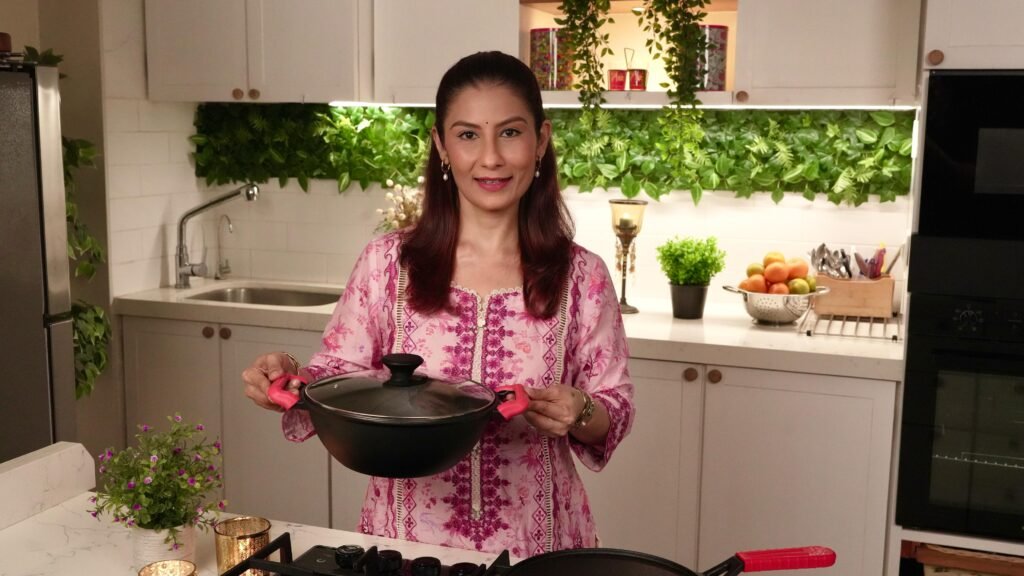Everything You Need to Know About Cast Iron Pans

Cast iron pans have recently resurfaced in culinary discussions, especially amid debates surrounding non-stick cookware. Renowned for their durability and superior heat retention, cast iron pans hold a special place in kitchens across the globe, transcending cultural boundaries with their versatility. From Indian curries to French omelets, the flavors produced in cast iron vessels are unmatched, bringing out the essence of the ingredients used. However, the allure of cast iron cookware comes with the responsibility of proper care and maintenance. This essay explores everything you need to know about handling, preserving, and cleaning cast iron pans while discussing the dos and don’ts to ensure their longevity.
The Unique Qualities of Cast Iron
Cast iron pans are celebrated for their exceptional heat retention and even cooking capabilities. Unlike their non-stick counterparts, cast iron cookware develops a natural non-stick surface through seasoning. Seasoning involves coating the pan with oil and heating it, creating a polymerized layer that enhances the cooking surface. This property not only improves food release but also infuses dishes with a distinctive flavor as the seasoning improves with each use. The ability to retain high temperatures makes cast iron ideal for searing, frying, and baking. Additionally, cast iron pans can go from stovetop to oven without hesitation, a feature that many chefs appreciate.
Proper Care and Maintenance
To preserve the integrity and performance of cast iron cookware, it is essential to understand the nuances of caring for them. First and foremost, seasoning is crucial. Regularly maintaining the seasoning layer prevents rust and enhances the non-stick properties of the pan. After every use, it is recommended to clean the pan gently with warm water and a soft sponge. Avoid using soap, as it can break down the seasoning layer. For stubborn food residue, a paste of coarse salt and water can effectively scrub the pan without damaging its surface.
Once clean, thoroughly dry the pan immediately to prevent rust. A simple method is to place it on the stove over low heat for a few minutes. After drying, apply a light coat of oil to the cooking surface to maintain the seasoning and protect it from moisture. Store the pan in a dry place, and if stacking with other cookware, place a paper towel in between to avoid scratches.
Common Mistakes to Avoid
There are several common pitfalls to avoid when using cast iron pans. Firstly, avoid cooking acidic foods like tomatoes or vinegar-based sauces in unseasoned pans, as they can strip away the seasoning and lead to a metallic taste in your dishes. If you must cook acidic ingredients, it is advisable to use a well-seasoned skillet. Secondly, never soak cast iron pans in water or leave them unattended in the sink, as prolonged exposure to moisture will lead to rust.
Furthermore, avoid using metal utensils that could scratch the seasoning. Instead, opt for wooden or silicone tools. Finally, do not be discouraged by initial difficulties; the more you use and care for your cast iron pans, the better the seasoning and cooking performance will become.

Conclusion
In conclusion, cast iron pans are invaluable culinary tools that provide an authentic cooking experience across various cuisines. Despite their reputation for requiring a certain level of maintenance, the rewards of properly cared-for cast iron cookware far outweigh the challenges. By implementing proper cleaning techniques, maintaining seasoning, and avoiding common mistakes, home cooks can ensure their cast iron pans remain functional and effective for generations.
To summarize, the journey of mastering cast iron pans is one of patience and dedication. Each meal prepared in a well-seasoned cast iron pan contributes to a history that enhances its cooking abilities over time. As you embrace the art of cooking with cast iron, remember that nurturing your pans is just as satisfying as the delicious meals they produce.
